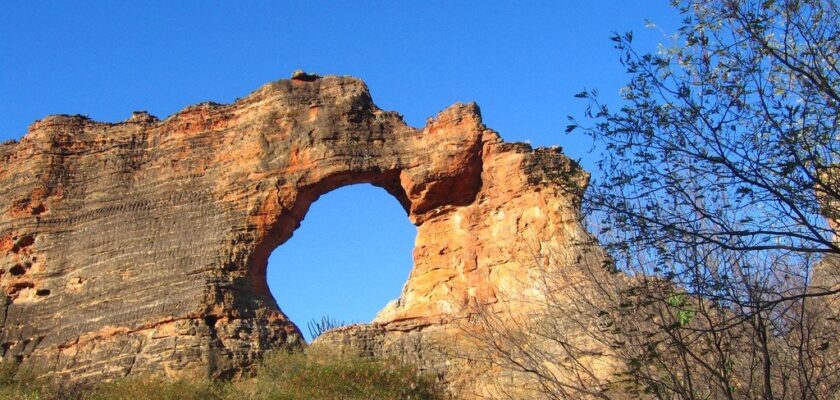Serra da Capivara National Park
Serra da Capivara National Park is a unique reserve in Brazil that contains a large number of prehistoric archaeological sites. The reserve was created in 1979 through the efforts of a Brazilian woman archaeologist, Niede Guidon. Together with colleagues she organized excavations on the Serra da Capivara uplands, and scientists found dwellings and burials of primitive people, tools, jewelry, ceramics and works of art. Specialist studies have shown that in the pre-Columbian era, the area was home to many peasant communities.
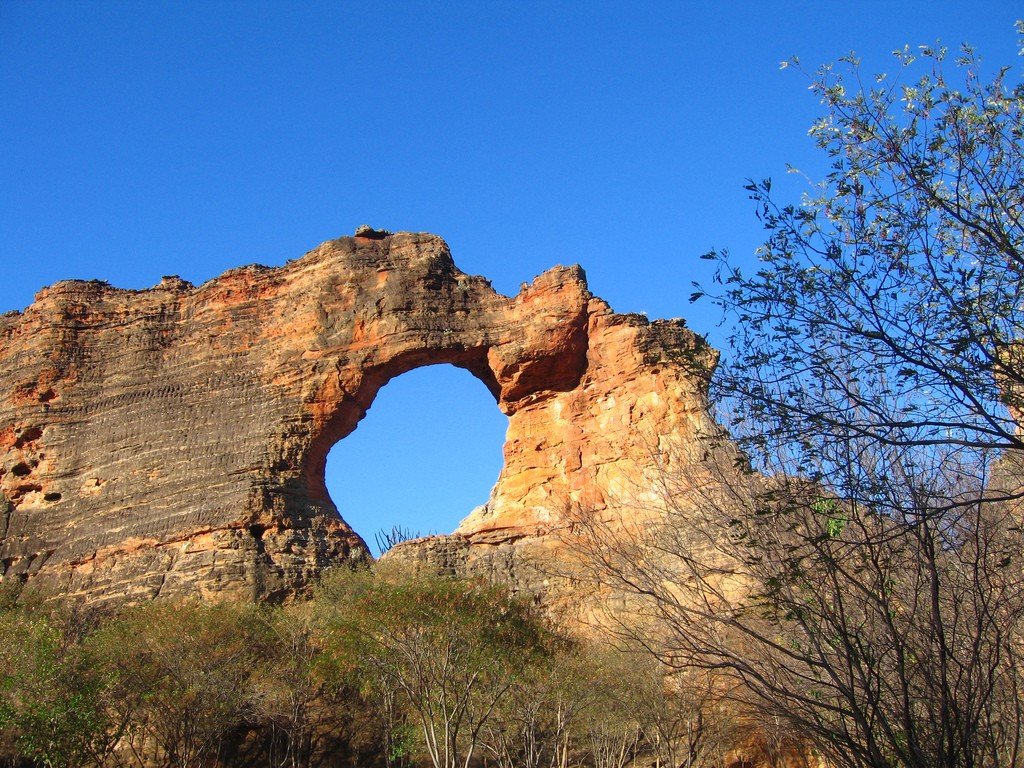
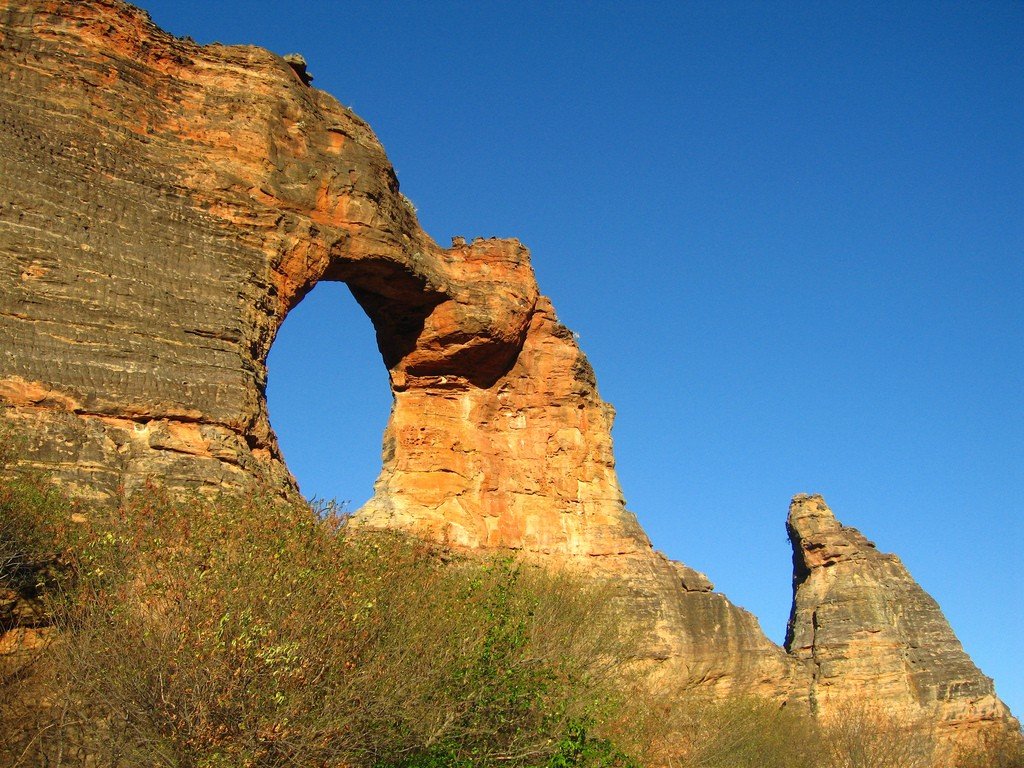
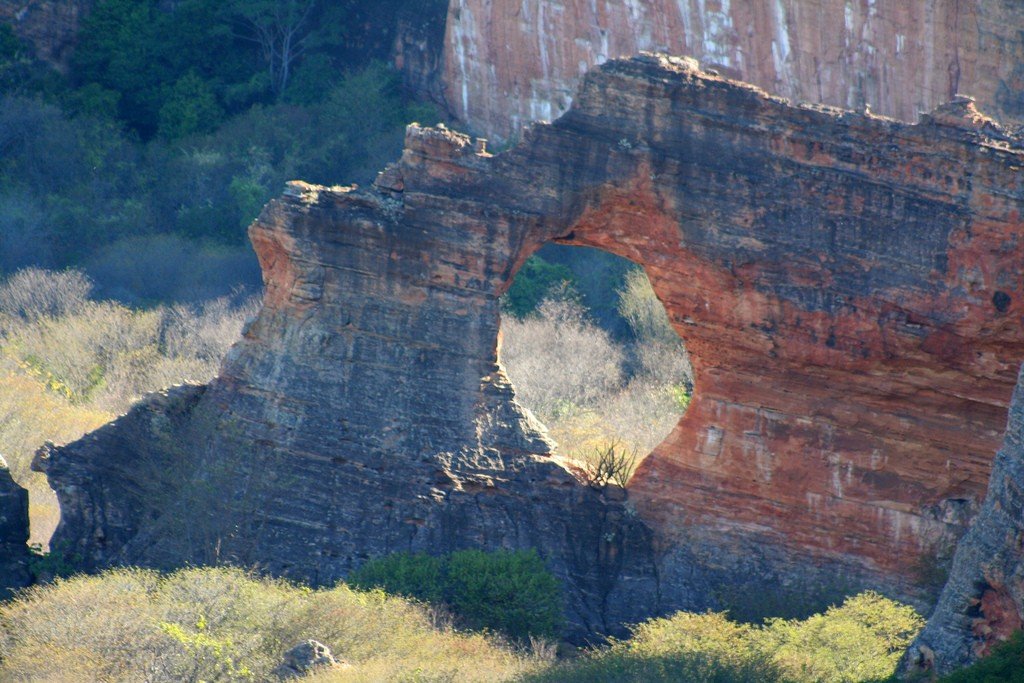
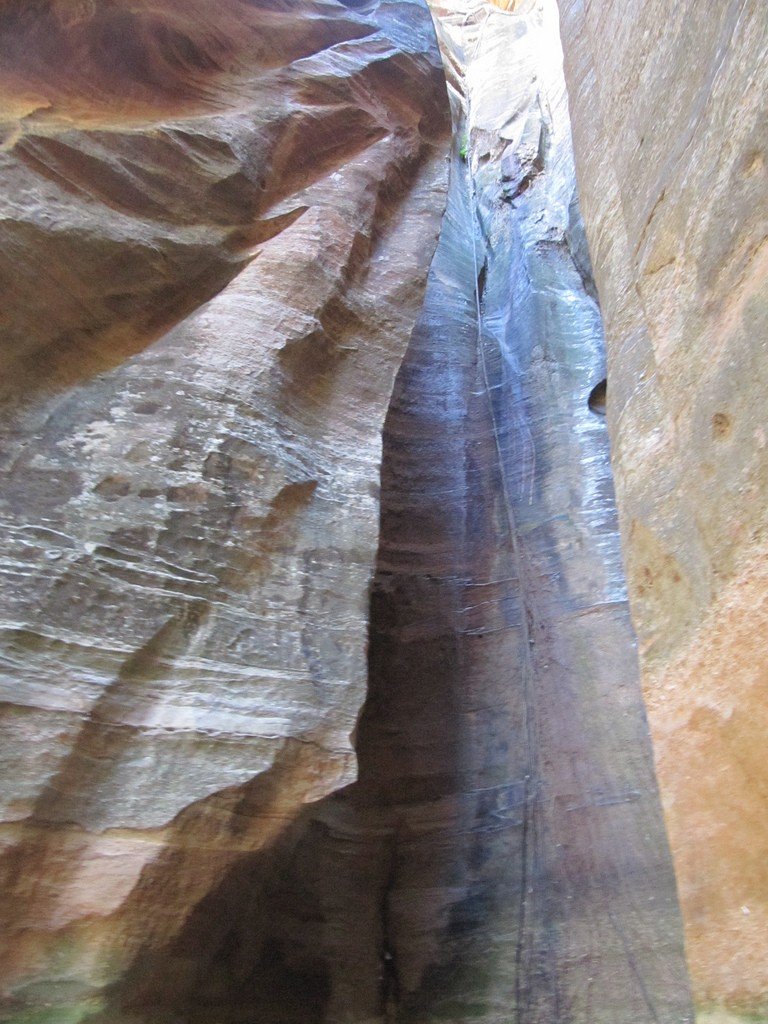
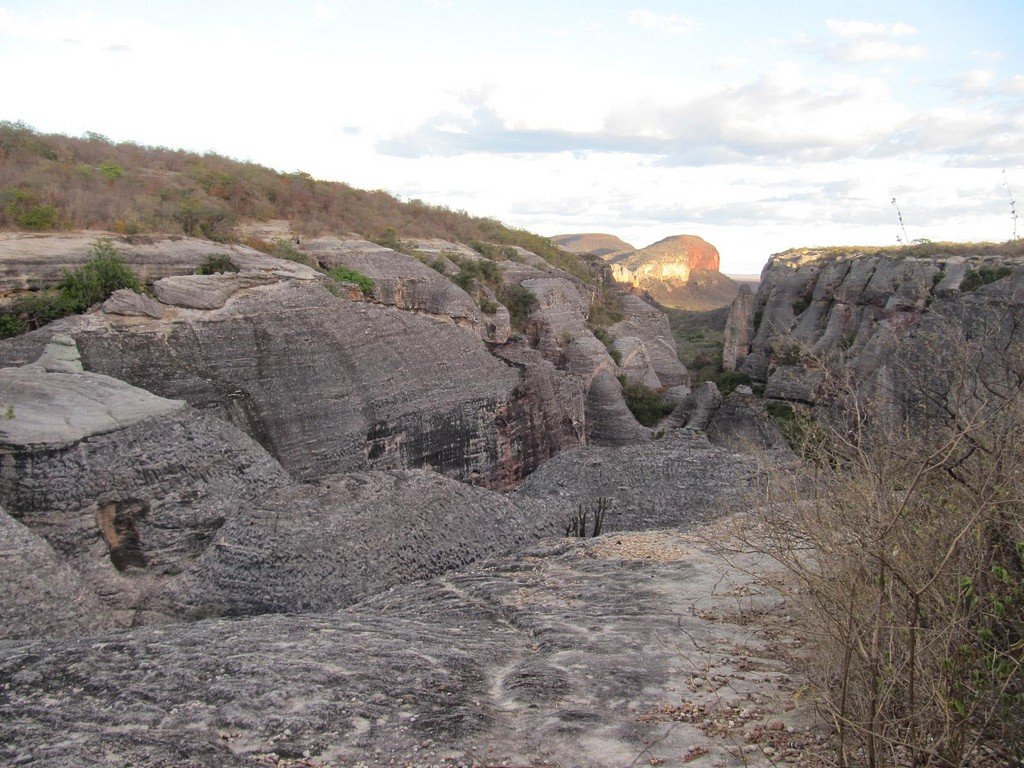
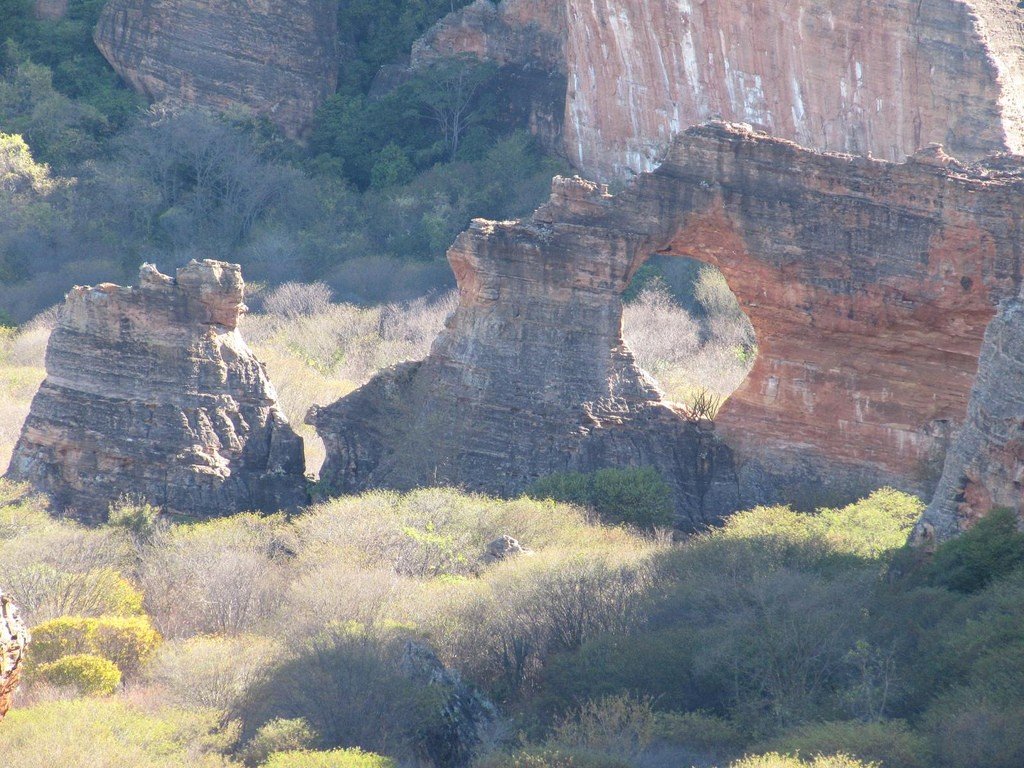
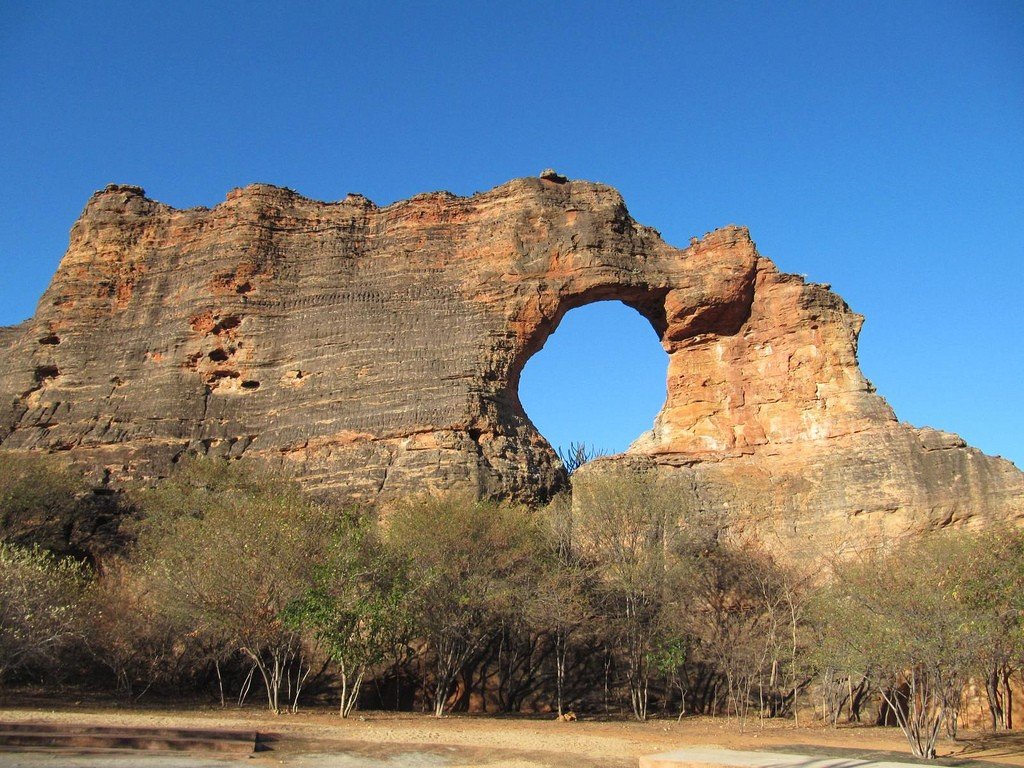
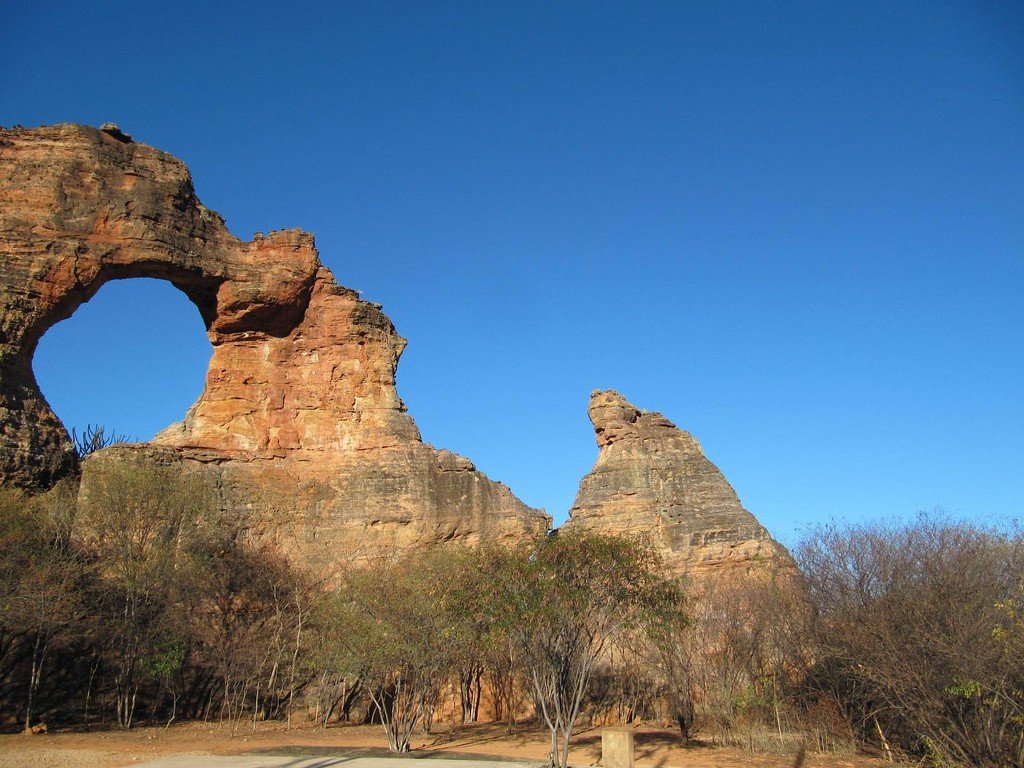
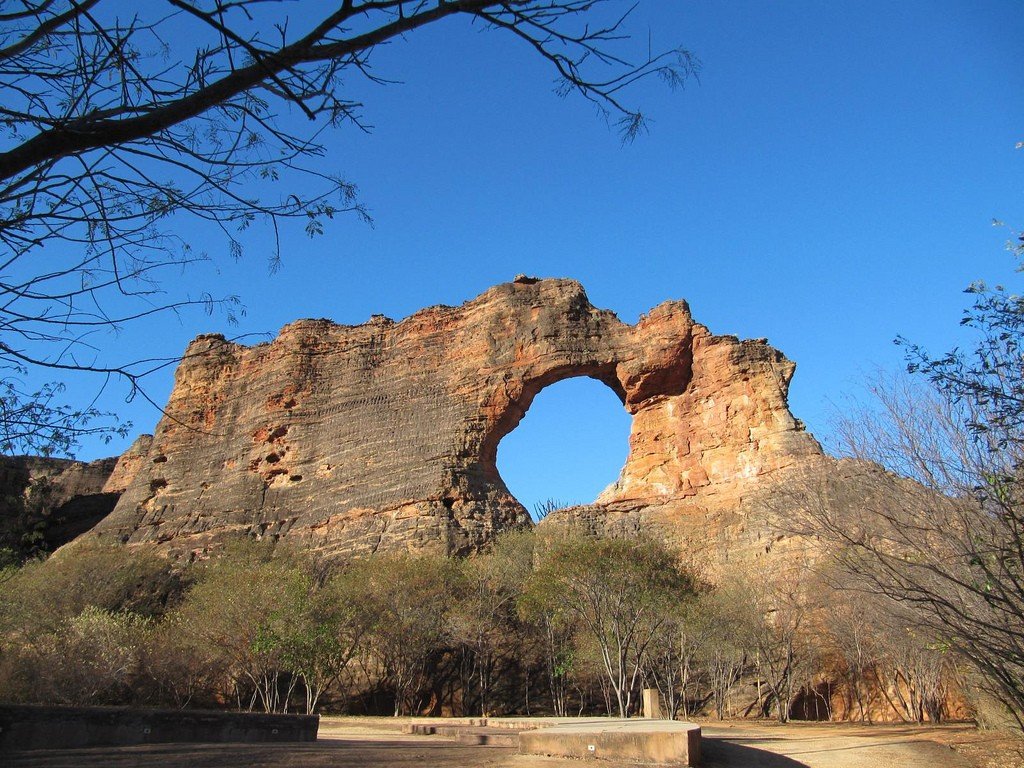
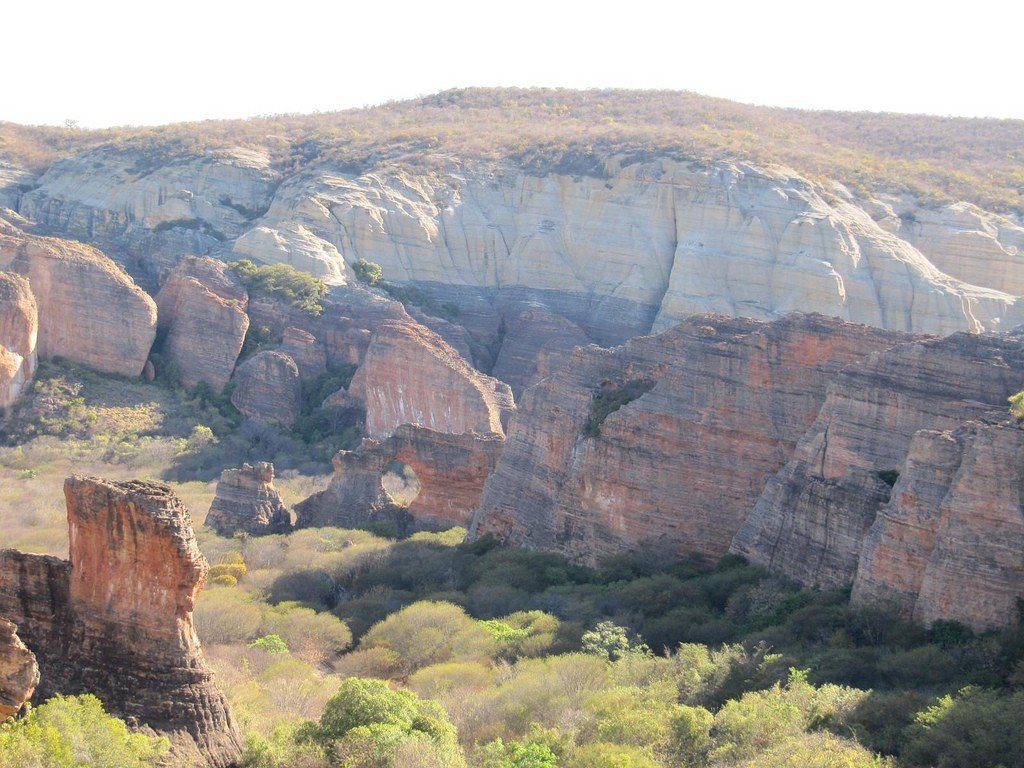
Video: Serra da Capivara National Park
ContentsHighlights
In 1991, after finalizing the boundaries and establishing a protection system, the Serra da Capivara Reserve was inscribed as a UNESCO World Heritage Site. Thanks to the formation of the national park, it was possible to stop the poaching that flourished in the area. And in 2006, the Ecological Corridor was created to link the Serra da Capivara with the Serra das Confusions National Park.
.
Today, the reserve covers an area of 1,291.4 km² and is open to travelers year-round. There are 14 hiking trails through the reserve, covering 64 archaeological zones. Here you can see many caves, the walls of which are decorated with rock paintings that are more than 25 thousand years old. They testify to the existence of one of the oldest human communities on the territory of South America.
.For visitors, the Serra da Capivara Park is open from 6.00 to 18.00. Most tourists come here during the dry season, from June to December. To make the trip as comfortable as possible, visitors are advised to have sports shoes, hats, sunglasses and a supply of drinking water.
.Plants and animals
Serra da Capivara National Park lies in a hot, arid climate zone, so the flora of the reserve is represented by different species of cacti, shady trees and shrubs.
.More than 200 species of birds have been recorded in the park. Among rare animals there are giant anteaters, armadillos, alligators, monkeys, panthers, leopards and pumas. Of great interest to biologists is the flying vampire, a relative of bats, whose wings are up to 1 meter in size.
.Rock Art
The territory of the Serra da Capivara National Park can be called an open-air exhibition of prehistoric paintings. Since the first archaeological expeditions, the study of the park has not stopped. To date, scientists have discovered 912 archaeological points, and 657 of them have rock paintings. So far, they have managed to describe 30,000 drawings, which is a third of all the images found.
.
Most of them show hunting scenes and domestic subjects, depictions of births, marriages, burials and ritual dances. Some drawings made in the later period resemble geometric figures and lines. It can be assumed that this is what ancient writing looked like, but it is not possible to decipher it today.
.The images are made at a height of 0.5-2 meters from the ground level and almost everywhere stretched in a line. It is interesting that in some places the length of the prehistoric “canvas” reaches several tens of meters. Some animals ancient people drew contours, and others were painted entirely or placed inside geometric patterns and rows of dots. Thanks to the arid climate, most of the drawings have been perfectly preserved.
.Ancient artists extracted black paint from burnt bone or charcoal, for red paint they ground the mineral hematite into powder, and for white paint they used gypsum. To make the paints more durable, animal glue was added to them. Some of the drawings, such as the expressive figures of deer, are made with blue paint, which has a complex mineral composition. It is noteworthy that such pigment was not used anywhere else in the world except Brazil.
.
Tourist Information
Entrance to the Serra da Capivara National Park costs R$15 for Brazilians and R$30 for foreigners. The obligatory accompaniment of an accredited guide costs R$150 per group of one to four people.
>
There are several hotels, gesthouses and campgrounds around the reserve. More accommodation options can be found in the nearest town, São Raimundo Nonato. In the same town, there is the Museum of American Man, founded by French and Brazilian scientists in 1996.
.How to get there
Serra da Capivara National Park is located in northeastern Brazil, in the state of Piaio. The nearest city, São Raimundo Nonato, is 39 kilometers from the reserve. From this city, the park’s most popular checkpoint is reached via highway BR-020 and dirt roads through the village of Sítio do Mocó. The other two checkpoints can be reached via highway BR-324, which leads from São Raimundo Nonato to Terezina.
.